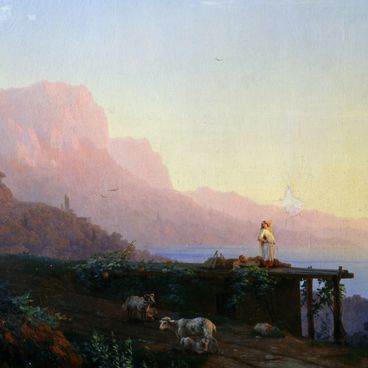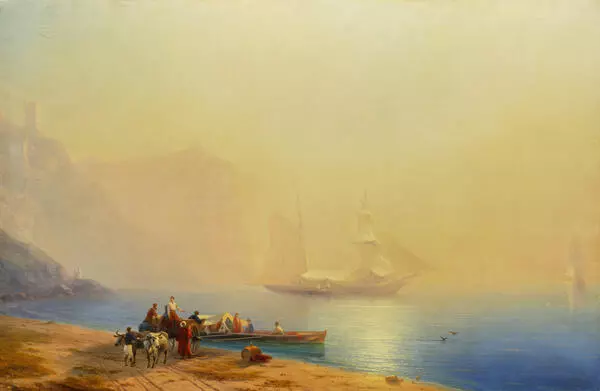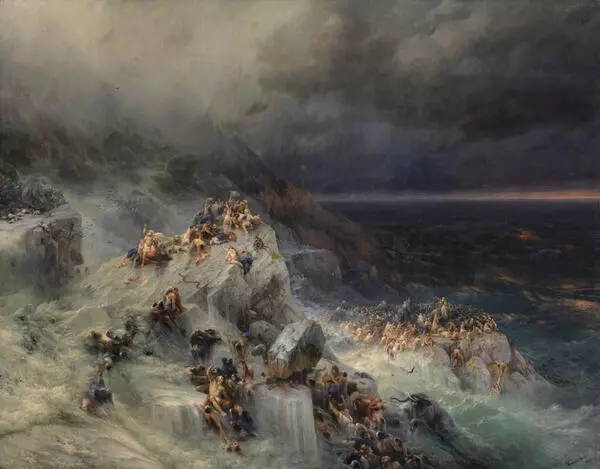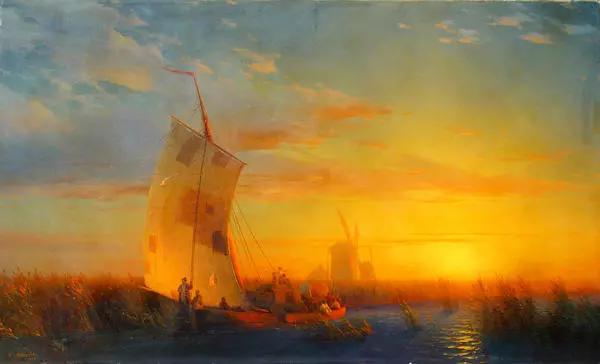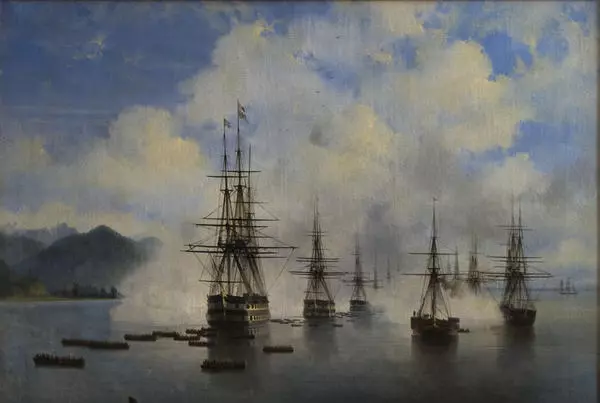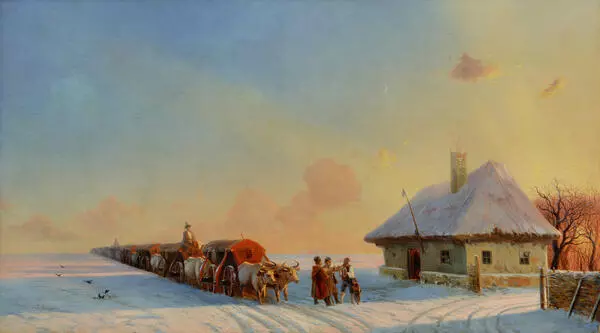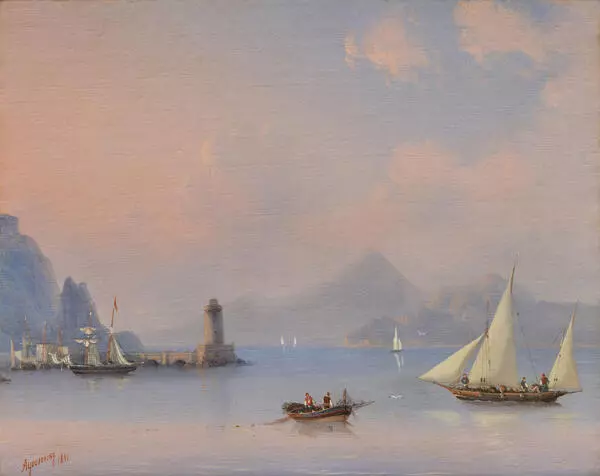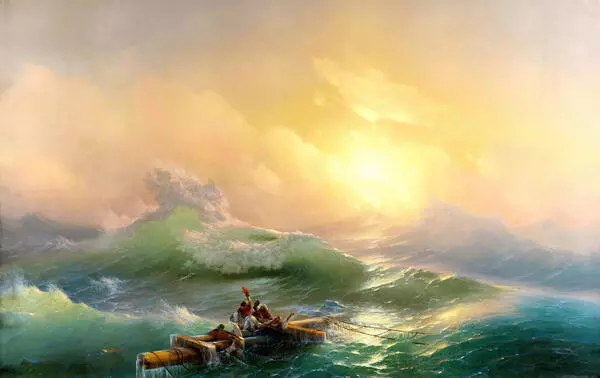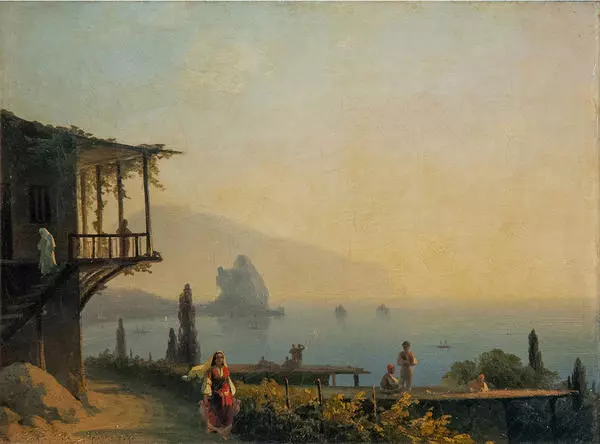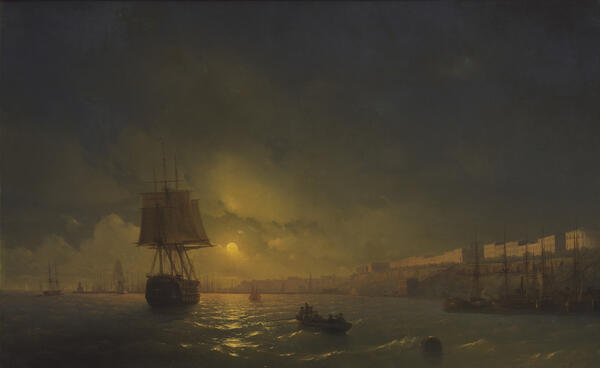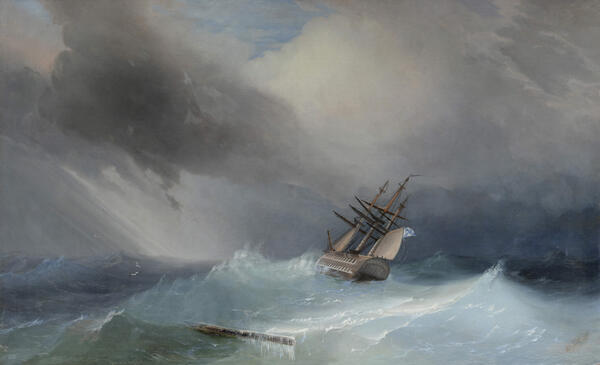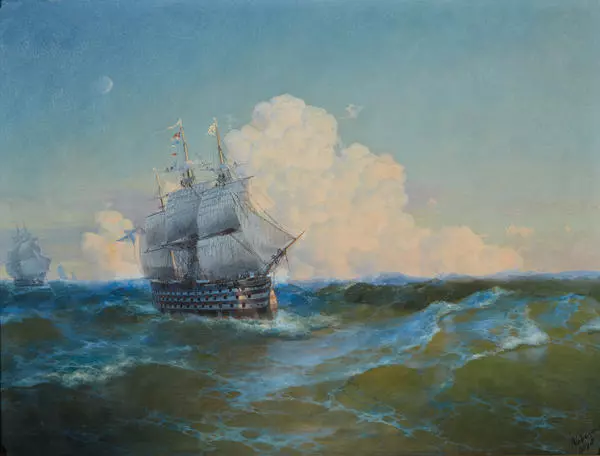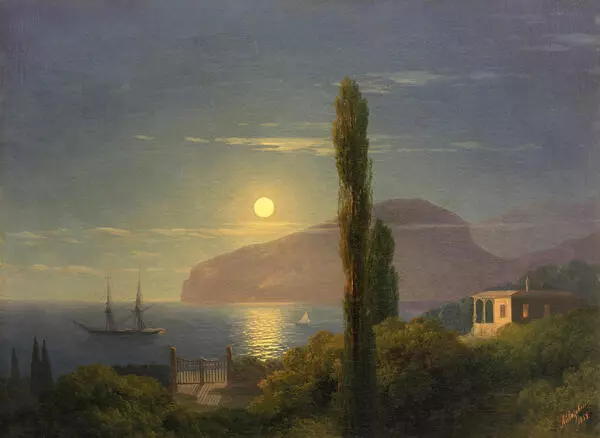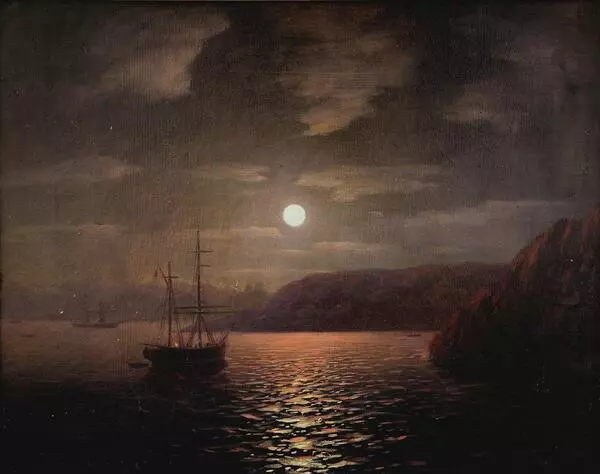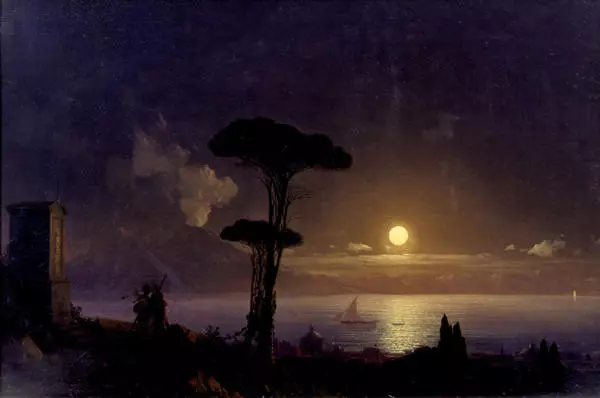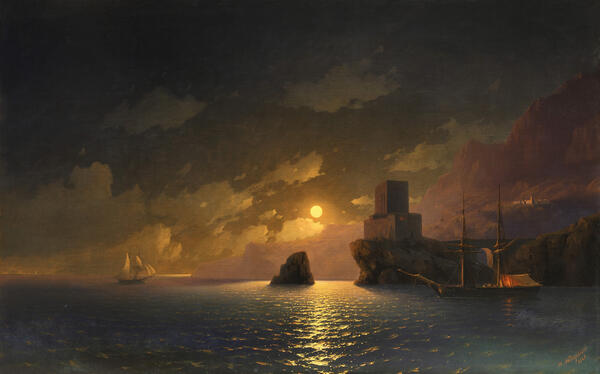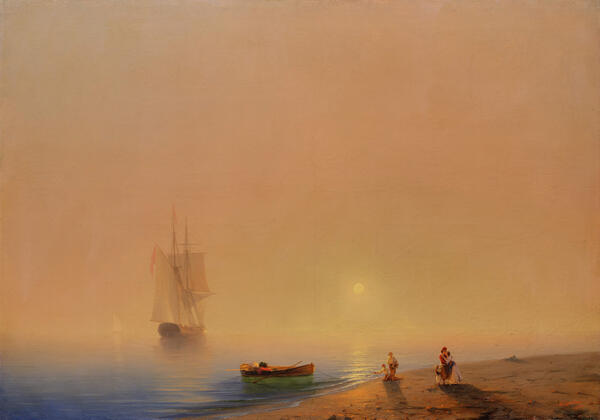Ivan Konstantinovich Aivazovsky was a famous seascape artist. He painted calm and rough seas, depicted storms, naval battle scenes and shipwrecks. The painter’s artistic skills and the emotional power of his art made him successful during his lifetime. One of his most famous works, The Ninth Wave, is exhibited at the State Russian Museum.
Aivazovsky was a keen traveler, he made the farthest trip of his life – to America – at the venerable age of 75. In 1892 he and his wife Anna Nikitichna took a boat from Odessa to New York. That year American cities celebrated the 400th anniversary of the discovery of the continent. As defined by the artist, the purpose of the journey was to study the Atlantic Ocean. He was also eager to see the famous Niagara Falls.
During the trip Aivazovsky explored new places, painted pictures and participated in exhibitions. The painter visited the cascade of waterfalls on the Niagara River. He made numerous sketches of the waterfall picturing it at different times of day and in any kind of weather: in the evening, on a moonlit night, in the midday heat. The artist’s album was expanded to include more than 20 sketches made from nature. The sketches later on found their way onto the canvases that he created upon his return to Russia. The master hardly ever painted his pictures from nature. He used numerous sketches and his remarkable visual memory in his work: he easily remembered what he saw down to the minutest detail.
The exhibition features one of the later large-size paintings created by the artist, Niagara Falls. It represents the author’s copy of his 1893 painting with the same name. The painting belongs to the later period of the artist’s oeuvre, he painted it shortly before his death in 1900. The canvases of that period were painted in a generalized manner: the artist structured the composition of his paintings so that a viewer could take in the entire landscape at once without being distracted by details.
The artist masterfully conveys the grandeur of nature: an overpowering swell of water, the sense of air saturated with moisture. Aivazovsky painted small figures of people at the top of the cliff. Such painting technique is called staffage: artists depicted human figures in a landscape to enliven it. The inclusion of human figures helps a viewer to vividly imagine the enormous size and grandeur of the Niagara Falls.
Aivazovsky was a keen traveler, he made the farthest trip of his life – to America – at the venerable age of 75. In 1892 he and his wife Anna Nikitichna took a boat from Odessa to New York. That year American cities celebrated the 400th anniversary of the discovery of the continent. As defined by the artist, the purpose of the journey was to study the Atlantic Ocean. He was also eager to see the famous Niagara Falls.
During the trip Aivazovsky explored new places, painted pictures and participated in exhibitions. The painter visited the cascade of waterfalls on the Niagara River. He made numerous sketches of the waterfall picturing it at different times of day and in any kind of weather: in the evening, on a moonlit night, in the midday heat. The artist’s album was expanded to include more than 20 sketches made from nature. The sketches later on found their way onto the canvases that he created upon his return to Russia. The master hardly ever painted his pictures from nature. He used numerous sketches and his remarkable visual memory in his work: he easily remembered what he saw down to the minutest detail.
The exhibition features one of the later large-size paintings created by the artist, Niagara Falls. It represents the author’s copy of his 1893 painting with the same name. The painting belongs to the later period of the artist’s oeuvre, he painted it shortly before his death in 1900. The canvases of that period were painted in a generalized manner: the artist structured the composition of his paintings so that a viewer could take in the entire landscape at once without being distracted by details.
The artist masterfully conveys the grandeur of nature: an overpowering swell of water, the sense of air saturated with moisture. Aivazovsky painted small figures of people at the top of the cliff. Such painting technique is called staffage: artists depicted human figures in a landscape to enliven it. The inclusion of human figures helps a viewer to vividly imagine the enormous size and grandeur of the Niagara Falls.



